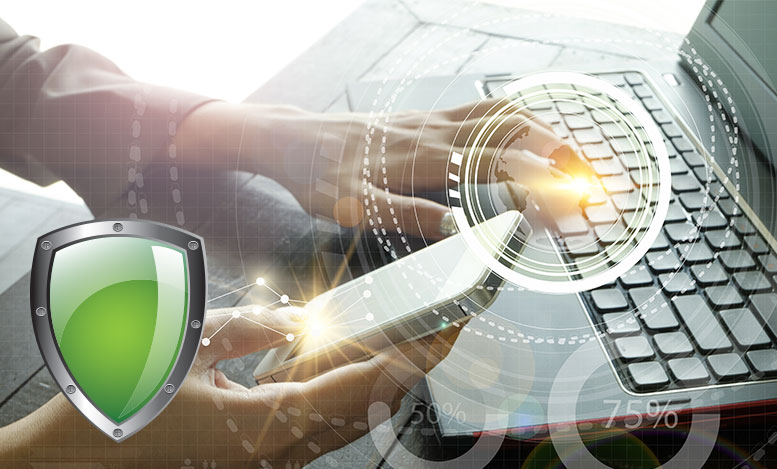Today’s workers demand flexibility and a seamless, consumer-grade experience with technology. Two-thirds now use a personally owned device for work, according to Gartner. An IDG Tech Pulse report predicts that the number of U.S. workers using a mobile device will increase to over 105 million in 2020, or over 72% of the total workforce.
Last year, 43% of employees said they spent at least some time working remotely, many using their own devices. Just 23% of workers are given company-issued smartphones, Gartner said. Thirty-six percent are provided with laptops.
It’s easy to understand the appeal of mobile devices. Smartphones, tablets, and laptops allow workers to collaborate and work more efficiently. Anytime access to corporate documents and apps means tasks can be completed on-the-go or from home. People who use mobile devices for work increase their productivity by 34%, a Samsung/Frost & Sullivan study found.
Mobility is especially important for salespeople, who need to update customer information on the road and access collateral and contracts to close deals.
Mobility sounds great—until you consider the enormous responsibility of managing a multitude of personal and company-owned devices. It’s no easy task providing workers anytime access while ensuring that your company’s information stays safe at all times.
Is Your Infrastructure Ready?
The first step in a successful enterprise mobility strategy is bolstering your infrastructure to ensure good connectivity and rapid response times. You’ll need to assess your current ingress/egress infrastructure, the number of access points on your network, and your bandwidth capabilities, as well as network segmentation, switching, and routing. Plan for increased capacity as the use of mobile devices continues to climb.
You’ll need to create a system for securely delivering corporate documents and making them editable. You may want to consider a virtual private network or your own mobile app.
Security
Setting up your network is only half of the battle. Keeping your mobile information secure requires constant vigilance to deal with evolving cyber threats. A mobile device is essentially a computer without security. Any means of connection—Bluetooth, wireless, text messaging, or email—can be used as a vector for a cyberattack.
Most employees use their devices for personal as well as business functions. They visit websites that could contain malware and receive phishing messages that may have nothing to do with work, but could end up compromising your company. Even if you supply your own devices, users might try to “jailbreak” them to download applications that aren’t part of the standard configuration.
Data breaches have severe financial and reputational consequences. The average cost to a company of a single data breach has reached $4 million, according to a 2016 Ponemon Institute report. The likelihood of a material data breach involving 10,000 lost or stolen records in the next 24 months is 26 percent, Ponemon said. The average cost per lost record is $158.
To achieve security, you need to control access to your information by giving only authorized users permission to view sensitive information. You can set controls according to user roles and revoking access when a role changes. Two-factor authentication and other security measures will also improve security.
Managing mobile devices today can be an overwhelming task. Connection can help by analyzing the quality of service in your infrastructure and wireless network and making sure you have the connectivity and speed you need to maximize productivity. Unlike most vendors, we will also help you assess mobile security and help you create policies and rules to keep your information both readily available and safe.

